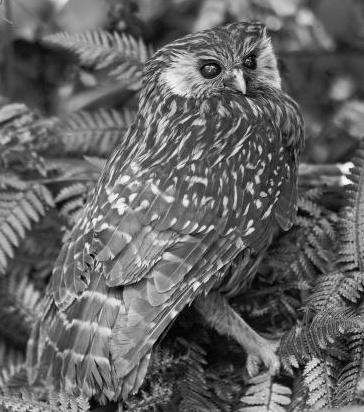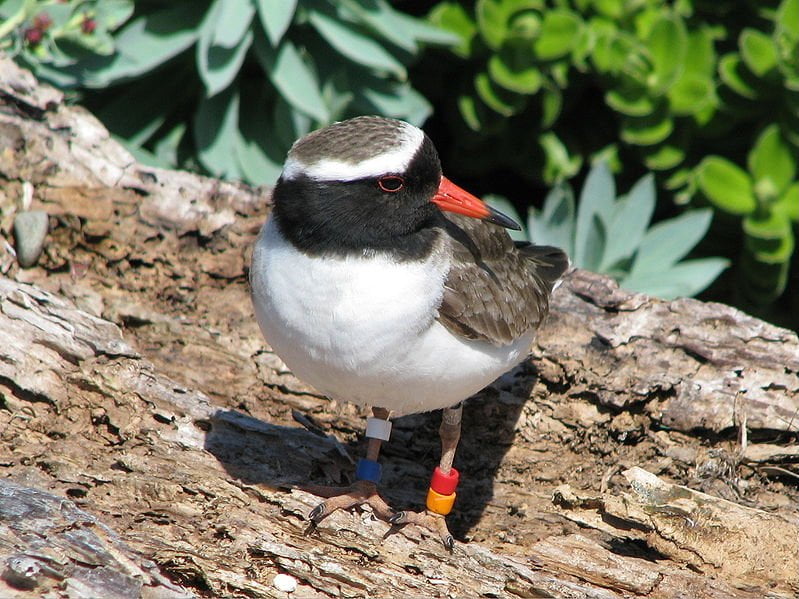“No biological considerations ever disturbed their dreams, nor indeed did they ever enter into their considerations.”
G. Thompson, 1922, discussing the Acclimatisation Societies.
The third stage of the extinction events I’ve been cataloguing here began with the settlement of New Zealand by Europeans, mainly Brits, after the Treaty of Waitangi in 1840. Here, however, the story becomes complicated. It is the briefest stage, but a great deal happened in this period. A great deal more changed in this brief period than at any time before, and the numerically lower number of extinctions masks the greater damage done to New Zealand in this time. It should also be noted that everything that happened in the first two stages would have happened now had Europeans been the first to find the islands.
The nature of the colonial aspirations Britain had in New Zealand were crucial in determining what happened to New Zealand’s environment. New Zealand was not like other colonial possessions, to be colonised for the extraction of valuable raw materials for the factories back home, and simply to convert the locals in order to save their souls. New Zealand was to become a little “Britain of the South”, and that meant that the forested land was to be deforested to create the rolling fields and villages of home.
To many of the colonists the fauna of New Zealand was extremely deficient. There were several duck species to hunt, but there was only a single species of upland game (a quail), and no deer, rabbits, hare or other game. The lakes and rivers lacked trout and were deficient in fish in general.
Almost as soon as the Europeans arrived they began to bring species they considered useful with them. Interestingly, for all that I have played up the vulnerability of New Zealand’s fauna, many early releases failed. In some cases it took a great deal of effort to establish some species. Mallards were released many times from 1867, but did not become established until the 1940s. In many cases, especially at the start, it took not only releases but habitat modification to allow new species to become established. Having become established in modified arable and pastureland it became possible for new species to then move out of these areas.
In order to bring about a general improvement of the fauna of New Zealand, Acclimatisation Societies began to spring up around the country. These societies actually existed all around the world at the time, but it was in New Zealand that they reached the pinnacle of their ambition and reach. Among the first bird to be released were Black Swans (which were something of a reintroduction, as the local race of Black Swan had been eaten to extinction the Maori), and Ring-necked Pheasants. Since then 28 species of waterfowl have been introduced and 25 species of upland game. Only a small number of these ever established, however.
As European settlements increased, the numbers of local birds decreased, both through introduced species like cats and rats, and also because of diminishing habitats. This lead to the idea that it shouldn’t just be game species that needed to be brought to New Zealand, but all kinds of species. The avifauna in general needed improving. Of particular interest to these homesick settlers were songbirds from Britain. Societies employed people to bring as many birds as they could, and sailors supplemented their wages by bringing birds as well. All told 130 species of birds were brought to New Zealand (although not all were intended to be released) and today 39 introduced species of bird have populations In New Zealand.
It didn’t take long for some of these new species to start making nuisances of themselves. Common Blackbirds and Song Thrushes were first introduced to New Zealand in the 1860s, and were condemned as pests for destroying fruit crops. The interval between House Sparrows being introduced and declared pests to be killed on sight was just seven years. But it was not a bird but the European Rabbit that was the most destructive introduction. It took many attempts to introduce them (the first attempt to do so was by Captain Cook in 1777), but the introduction of wild-type rabbits in the 1850s and 1860s finally established them. By the 1870s they were both common and a pest. In one Otago station the carrying capacity of sheep was reduced from 110,000 to 30,000 by rabbits.
In order to combat the agricultural threat posed by the rabbit three species of mustelid, the Weasel, Stoat and Ferret, were brought to New Zealand. Even the enthusiasts at the Acclimatisation Societies were hesitant about that, but the farmers held more clout than biologists, so the introductions went ahead. Predicably these carnivores failed to control the rabbits, but sprad quickly anyway, even reaching some parts of the country before the rabbits did!
The introduction of a number of carnivores, along with the accidental introduction of two new and larger species of rats, into an ecosystem already devastated by the small Polynesian rat had predicable results. Laughing Owls, which were able to survive and even thrive on the introduction rats, were apparently unable to survive the mustelids. Other species able to survive the Polynesian rat but helpless in the face of the new invaders were both species of piopio, the South Island Kokako, the Bush Wren, the New Zealand Bittern and several endemic Chatham Island species.
The Laughing Owl, Sceloglaux albifacies. Image by Henry White, taken between 1899-1910.
In a few instances there were other causes, or at least other contributing causes. The arrival of scientists and settlers spelled the end for several remnant populations that had survived the first two initial stages. In the case of the Huia, the onslaught by predators coincided with increased hunting for both its plumage and by scientists. Hunting may also have contributed to the extinction of the New Zealand Quail.
The extinctions since 1840 only tell half the story however. Many other species underwent dramatic declines. Red-crowned Parakeets were initially a pest themselves, but are now almost entirely absent on the main two islands. Both species of saddlebacks, Stitchbirds, Kakapo, Little Spotted Kiwi, Shore Plovers all became restricted to offshore islands. The New Zealand Dabchick was lost from South Island. Orange-fronted Parakeets, Takahe, Black Stilts and North Island Kokako all declined to small or tiny populations. The Black Robin, of the Chatham Islands, came as close as it is possible for a species to go extinct without actually doing so, just four birds, with only a single surviving female.
Shore Plovers once ranged across the coastlines of New Zealand, but were reduced to a single island. Image by Wikipedia Editor Gunsmonkeyboy
The high tide mark of New Zealand’s avian extinctions was in the late 1960s, on an island off the south called Big South Cape Island. It represented a tragedy and a triumph, but most importantly it represented a turning point, and it is that story I will tell next week.













I remember how frustrated I was during the first few days in NZ: I was mainly birding in the immediate surroundings of Christchurch and, apart from the coast, I was mostly seeing birds I knew from Europe.
36 hours on a plane for Blackbirds and Sparrows.
What a story. Thanks so much for providing the background!